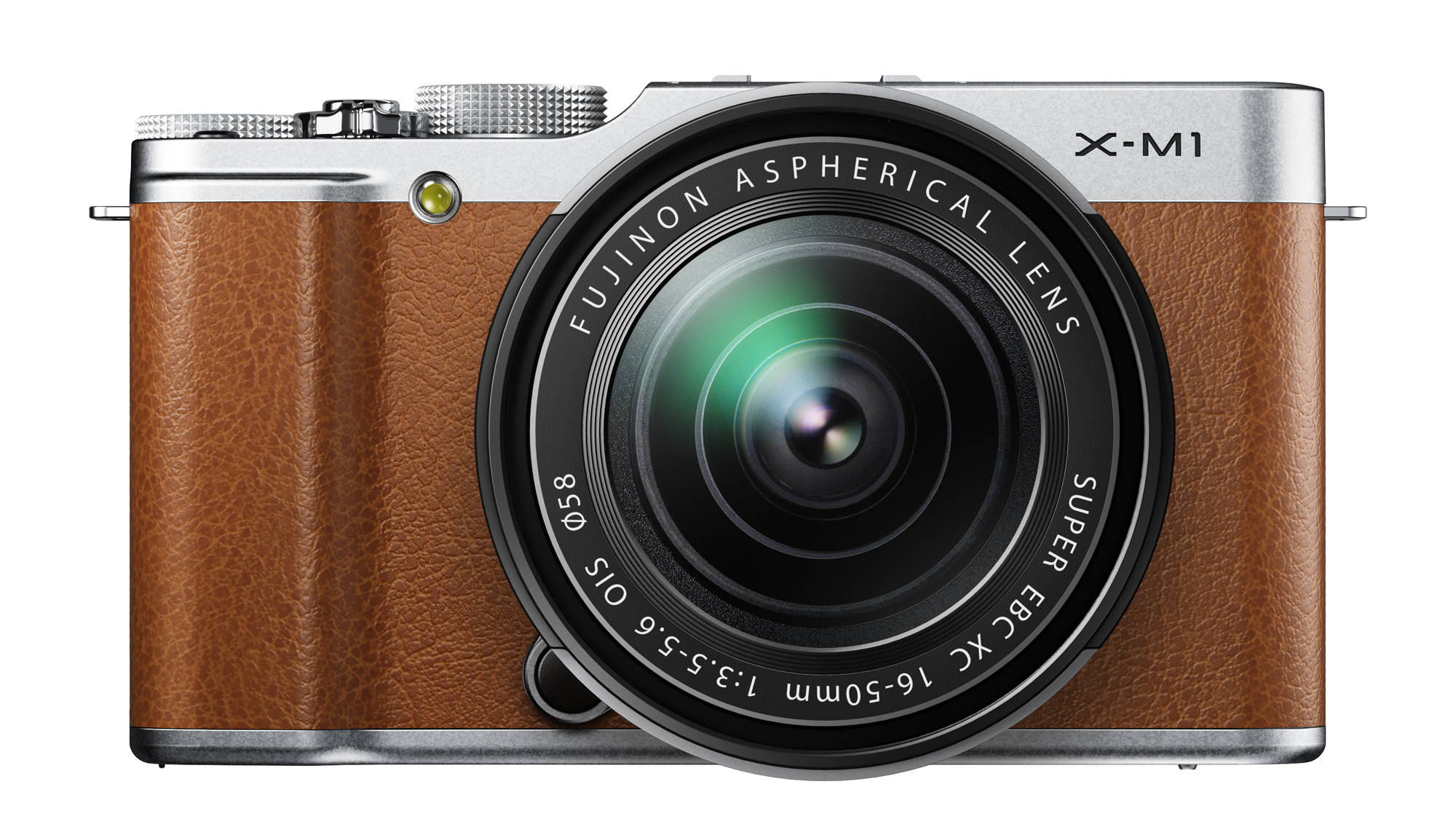Why you can trust TechRadar
Although it looks and feels very much a part of Fuji's X-series of high-quality cameras, the Fuji X-M1 is noticeably smaller than both the Fuji X-Pro1 and Fuji X-E1.
Nevertheless, it still feels very comfortable in the hand, with a shallow but effective grip on the front providing purchase.
There's also enough room for your thumb on the back of the camera, while the controls are nicely spaced and sized.
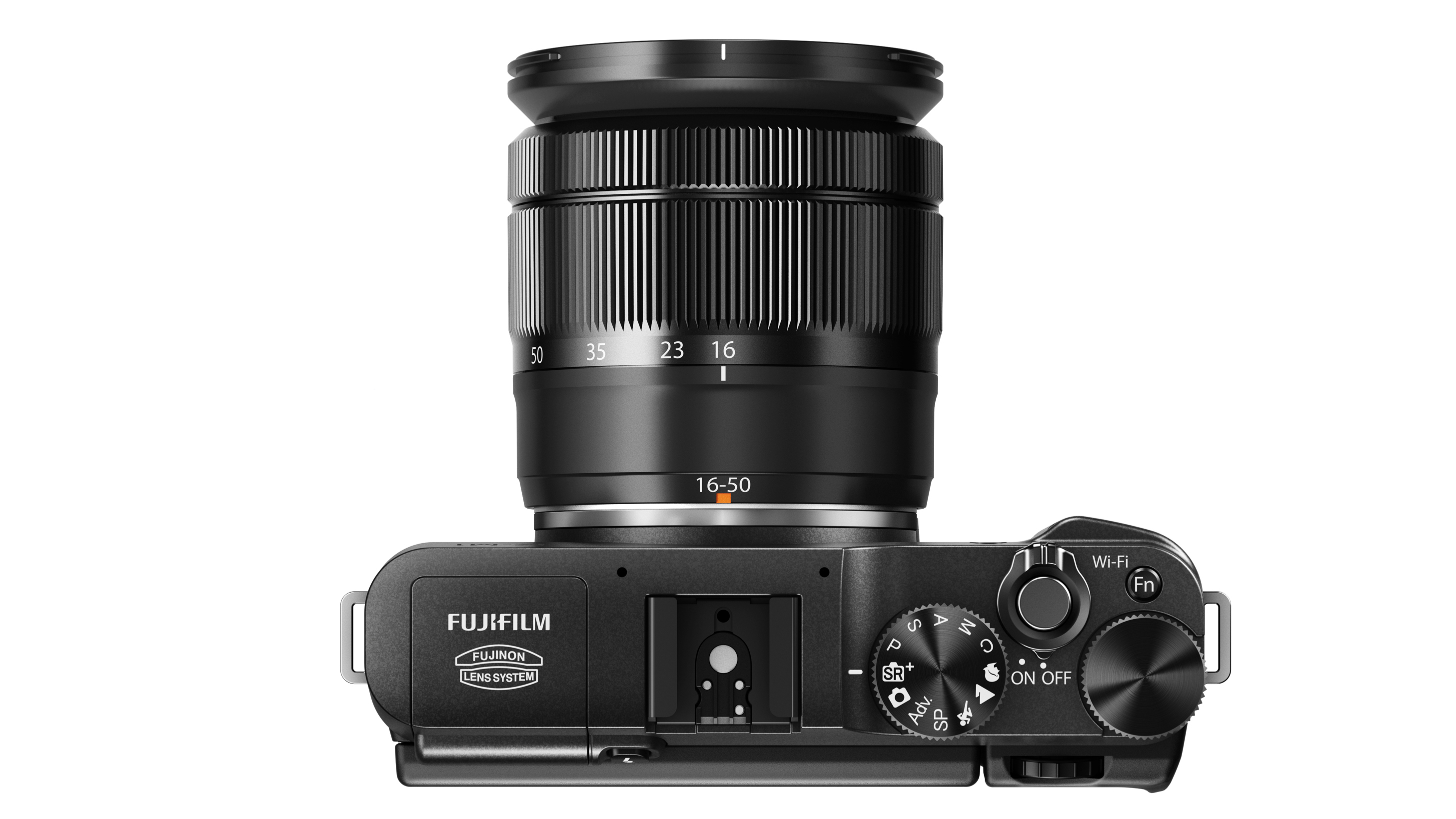
The Fuji X-M1's control arrangement is a little different from the Fuji X-Pro1's and Fuji X-E1's.
There is no shutter speed dial, for example, but there is an exposure mode dial that gives access to the enthusiast-centric options of program, shutter priority, aperture priority and manual, as well as automatic and scene modes for less experienced photographers. This dial also offers the option to use the advanced filters we mentioned earlier.
A second large dial on the top of the Fuji X-M1 can be used to adjust exposure compensation when shooting in semi-automatic and automatic exposure modes, but in manual mode it's used to set shutter speed, with the small dial above the thumb rest on the back of the camera being used to set aperture.
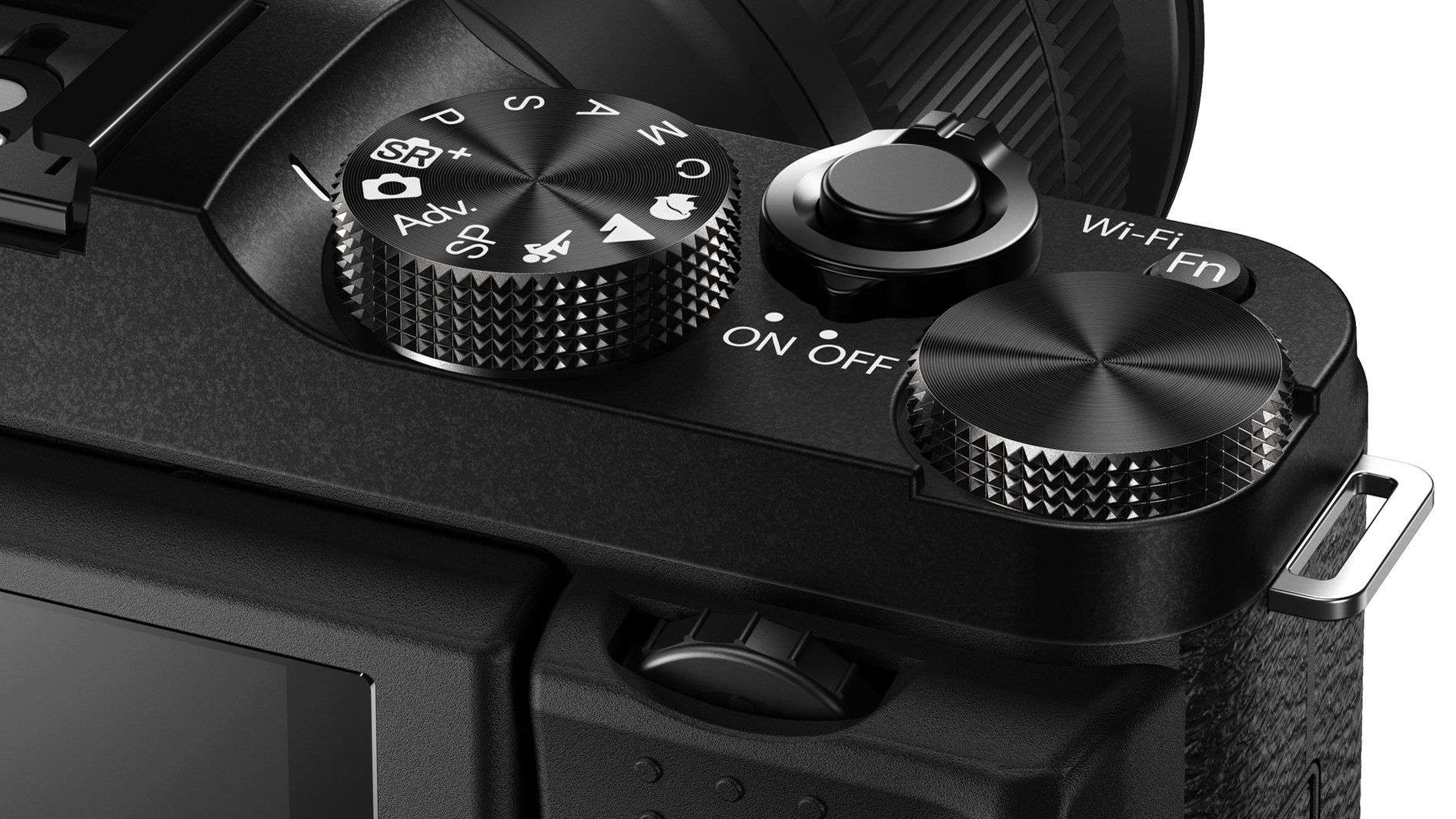
There are no controls on the left-hand side of the LCD screen, Fuji has put them all on the right-hand side to make the camera easy to use one-handed. The buttons and dials have a high-quality feel and they are responsive.
The Q button, which gives access the quick menu, sits in the bottom right-hand corner on the back of the camera. On the Fuji X-Pro1 and Fuji X-E1 this control is in the ridge near the thumb rest, and we found it prone to being accidentally pressed, but this isn't an issue with the new camera.
Fuji's quick menu is one of the best around, and because there's no need to select the various options before they can be adjusted, you just navigate to the one you want and then make the adjustment. It would be nice if it were possible to customise the 16 options that are on offer to your own preferences, though.
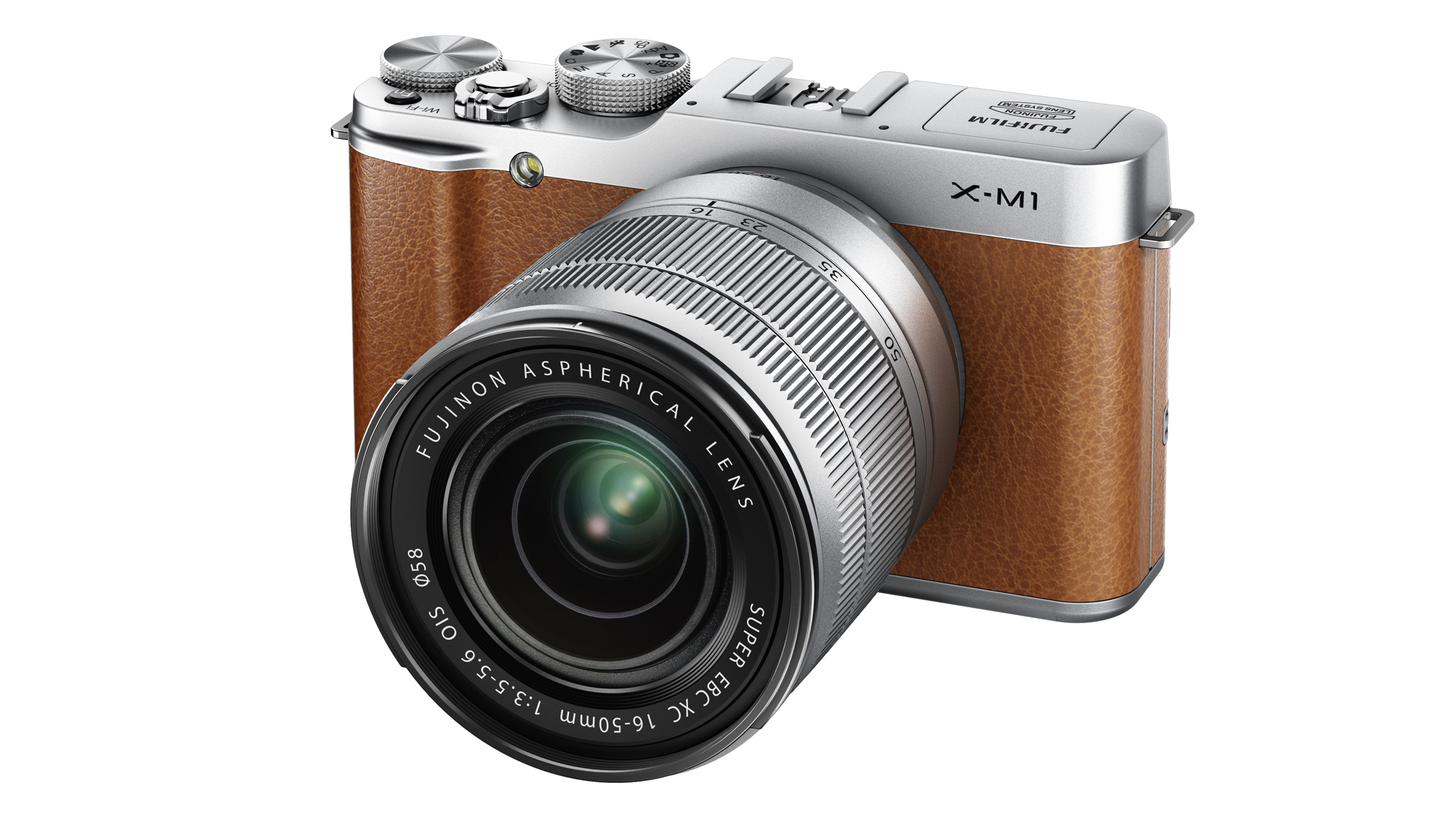
The 3-inch 920,000-dot LCD screen is very good. It provides a good, clear view with plenty of detail and doesn't suffer excessively from reflections or ghosting. This is especially important in the Fuji X-M1 because it doesn't have a viewfinder for composing images. When the sun is excessively bright, it can be difficult to see the screen, and so tilting it away from glare may be necessary.
The tilting bracket that holds the LCD screen seems sturdy and well made. It's a welcome addition to any camera without a viewfinder and is helpful when composing landscape-format images above and below eye-level. However, because it's not a fully articulating joint it doesn't provide any assistance with portrait-orientation shots.
It's also a little disappointing that the screen isn't touch-sensitive, but of course this would have cost implications, and Fuji has designed the Fuji X-M1 to be more affordable than its other interchangeable lens cameras.
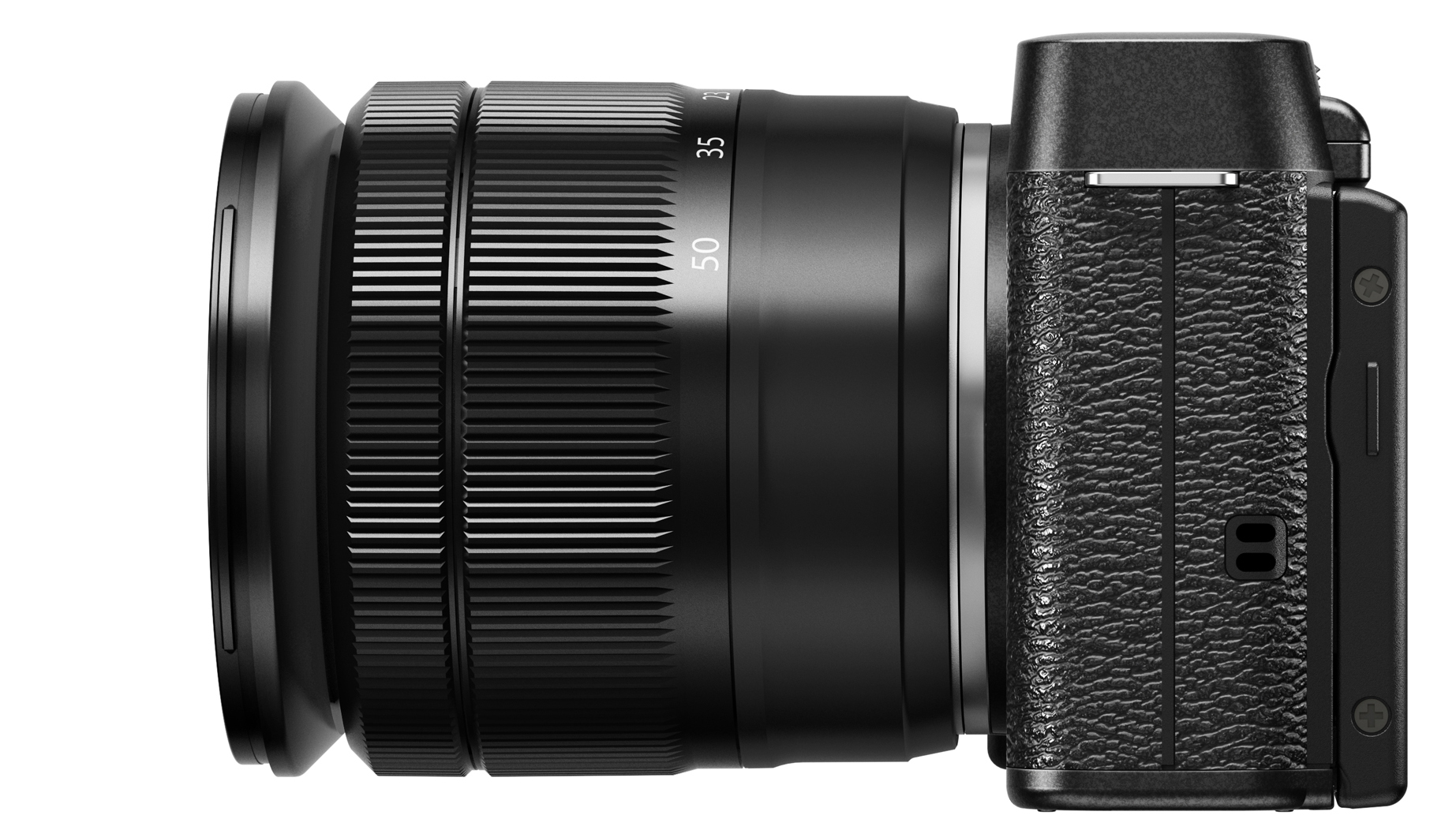
Since there's no touchscreen, to change the autofocus point you first need to push the up directional key, then use the keys to navigate your way around the screen until you get to the area you need. This is fine for the majority of situations, but it can be a little slow if you're trying to capture fast action, in which case it might be preferable to set the focus point to the middle, then focus and recompose your shot.
Fuji has introduced two new lenses with the Fuji X-M1. The first of these is the XC 16-50mm F/3.5-5.6 OIS, which will be sold with the camera as a kit. This is a compact zoom lens that produces an effective focal length equivalent to 24-76mm on a full-frame camera.
This XC lens is the first of a new breed of more compact and more affordable lenses. However, according to Fuji UK it's a better quality optic than your average kit lens. In reality, we've found this to be a pretty accurate claim, with it being a good all-round performer suited to use as a carry around lens.
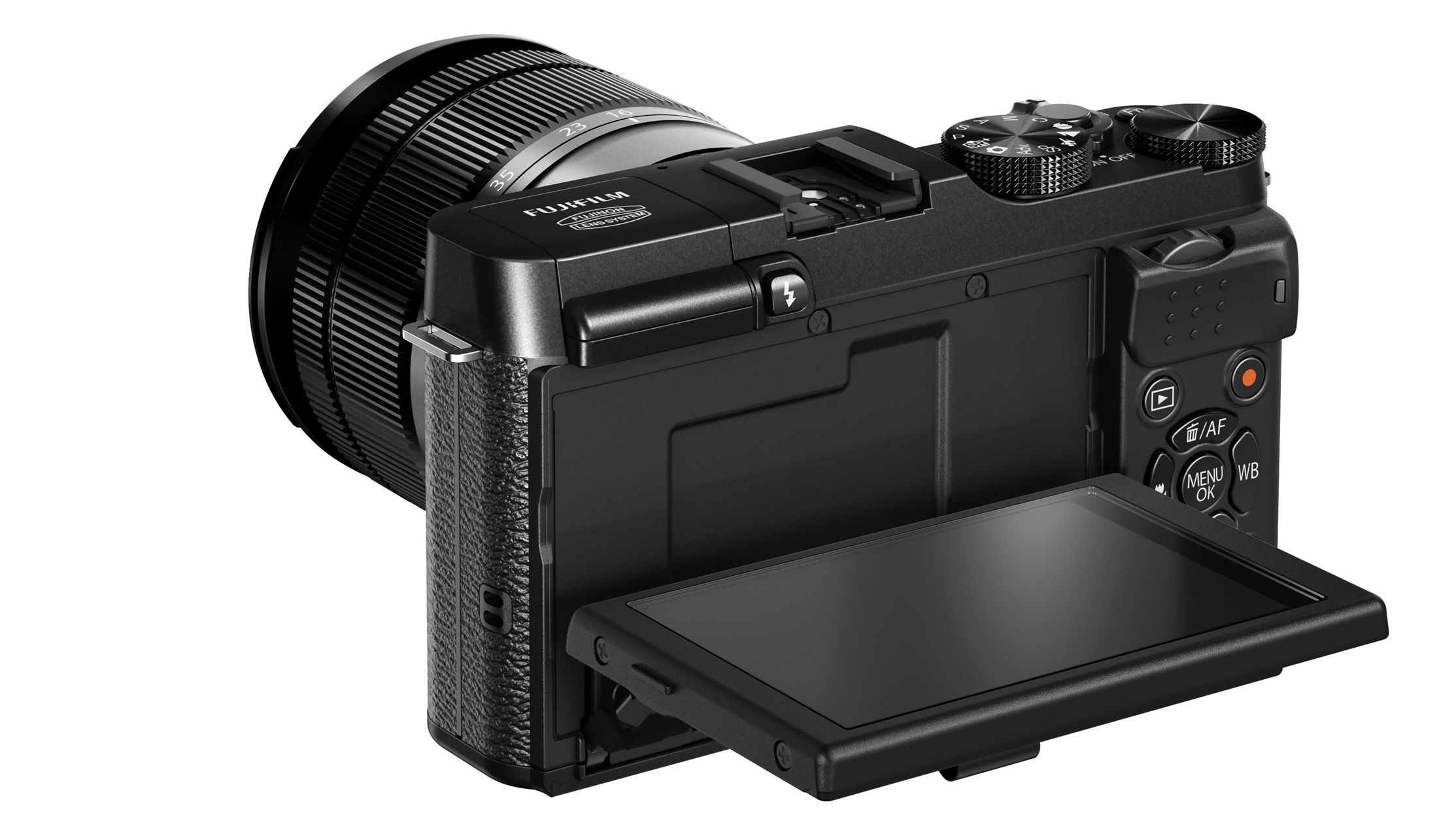
The second lens is the XF 27mm f/2.8 compact prime lens, a pancake optic, which equates to 40.5mm lens in 35mm terms. This also makes for a good carry around lens, especially for street photography work.
Unlike Fuji's earlier XF lenses, neither of these optics has an aperture ring, but the Fuji X-M1 is still compatible with Fuji's existing lenses that feature an aperture ring. Fuji will also issue a firmware upgrade for its existing cameras to enable them to be used with the two new lenses.
While the presence of an aperture ring may be appealing to experienced photographers, it may put off younger or less experienced photographers. The introduction of the two new lenses means that Fuji's compact system cameras may now have broader appeal.
Amy has been writing about cameras, photography and associated tech since 2009. Amy was once part of the photography testing team for Future Publishing working across TechRadar, Digital Camera, PhotoPlus, N Photo and Photography Week. For her photography, she has won awards and has been exhibited. She often partakes in unusual projects - including one intense year where she used a different camera every single day. Amy is currently the Features Editor at Amateur Photographer magazine, and in her increasingly little spare time works across a number of high-profile publications including Wired, Stuff, Digital Camera World, Expert Reviews, and just a little off-tangent, PetsRadar.
